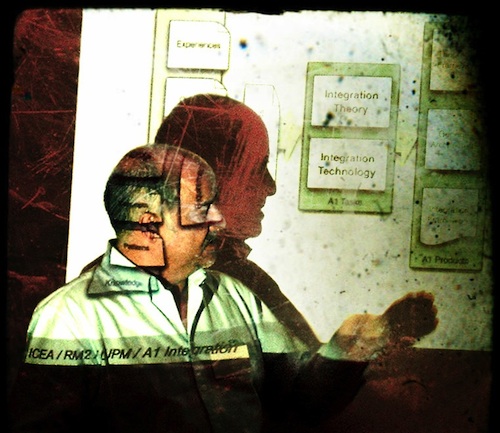The investigation about what are the best architectures for mind construction has too many intervening threads and interferences. Sometimes heterogeneous people of different domains get together to try to clarify some of the issues concerning mind architecture. In many of these gatherings, people from science and technology try to devise strategies for building computational models or system archures to create artificial minds.

One of these efforts was the EU Funded ICEA Project. The IST 027819 ICEA Integrating Cognition, Emotion and Autonomy was a four-year project, funded by IST Cognitive Systems Unit. The Project was focused on brain-inspired cognitive architectures, robotics and embodied cognition, bringing together cognitive scientists, neuroscientists, psychologists, computational modelers, roboticists and control engineers. The primary aim of the project is to develop a novel cognitive systems architecture integrating cognitive, emotional and bioregulatory (self-maintenance) processes, based on the architecture and physiology of the mammalian brain.
The works but extremely interesting and the teams involved were mostly very active and dedicated to the work. However, the results obtained -basically more elaborated scientific ideas- didn’t have a translation in a concrete architectural implementation of a system that could prove the insights. Different systems wer implemented -real, simulated- but the overall picture was a bit lost.
We need stronger tema integration and specially more convergent objectives to get these types of activities produce the expected and potential results. This is not an easy taks however, as the goal of a cognitive psychologist of an industrial control engineer seem so far a part that convergence sounds more lie a myth than a real, strategical possibility.
All this said, something in fully basic: technology departs from science. Mind engineering must depart from mind since and hence, convergence is necessary. This will only happen if we broaden the tagets and pursue a General Theory of Mind not trapped in the details of rat brains or humanoid robot computer-laden hearths.